Home>Storage Ideas>Kitchen Storage>Cheapest Kitchen Appliances To Run: Experts Reveal All
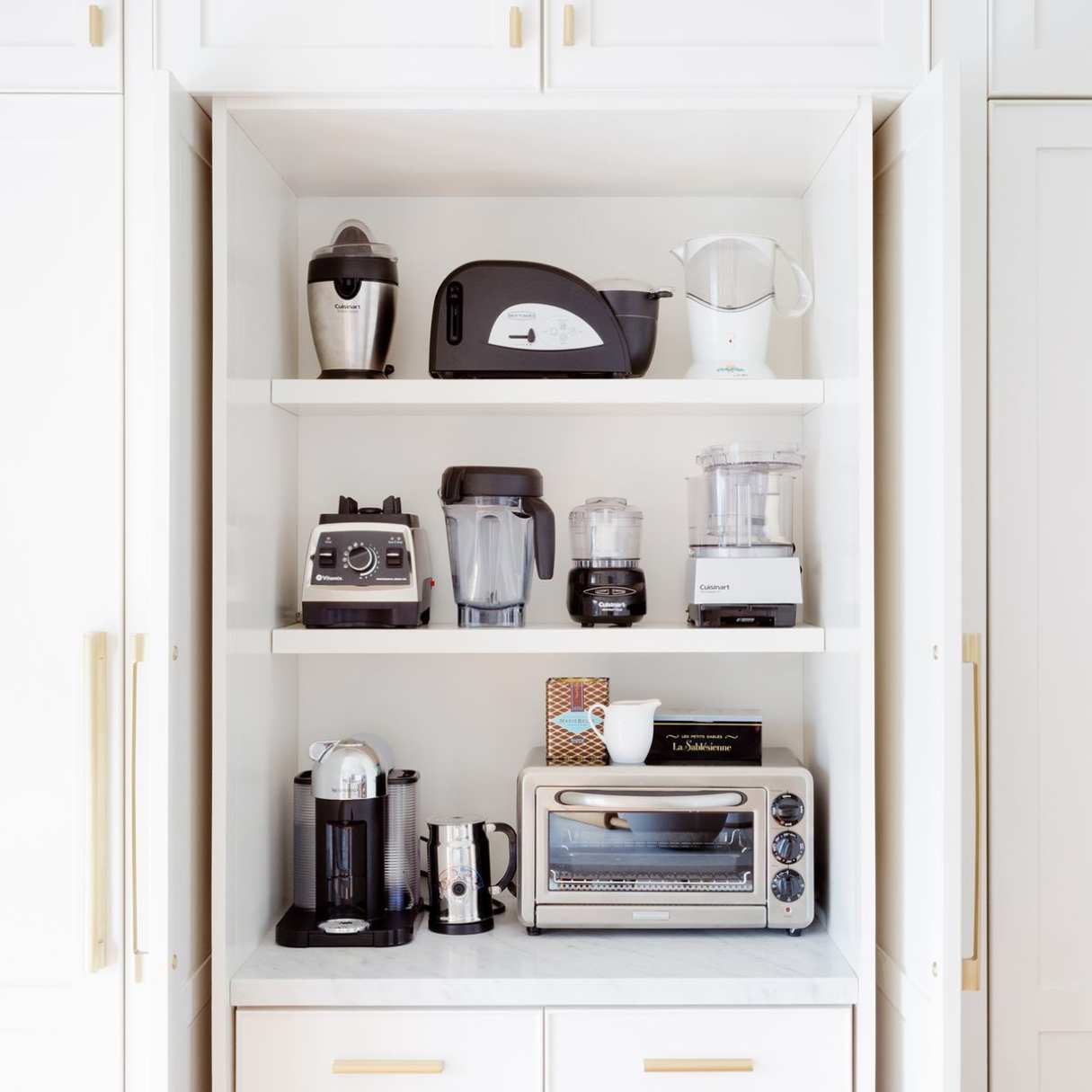

Kitchen Storage
Cheapest Kitchen Appliances To Run: Experts Reveal All
Modified: August 28, 2024
Looking for the cheapest kitchen appliances to run? Our experts reveal all. Get valuable kitchen-storage ideas and save money on your energy bills.
(Many of the links in this article redirect to a specific reviewed product. Your purchase of these products through affiliate links helps to generate commission for Storables.com, at no extra cost. Learn more)
Introduction
Welcome to our comprehensive guide on the cheapest kitchen appliances to run. In today’s world, finding ways to save money and reduce energy consumption is becoming increasingly important. Kitchen appliances are notorious for using a significant amount of energy, contributing to high energy bills. However, with advancements in technology and energy-efficient designs, there are plenty of options for budget-friendly appliances that won’t break the bank.
When it comes to finding the cheapest kitchen appliances to run, it’s essential to consider not only the upfront cost but also the energy efficiency of the appliance. Energy-efficient appliances can help you save money in the long run by consuming less electricity and reducing your carbon footprint.
In this article, we will explore the top kitchen appliances that are not only affordable but also energy-efficient.
Before we dive into the specific appliances, it’s important to understand the different factors that contribute to energy efficiency. One key factor is the appliance’s Energy Star rating. Energy Star is a program that certifies products as energy-efficient based on rigorous testing standards. By choosing appliances with an Energy Star rating, you can be confident that you are selecting products that are designed to save energy.
Additionally, the size and capacity of the appliance can impact its energy efficiency. Larger appliances tend to consume more energy, so it’s important to choose the right size for your household’s needs.
Now, let’s take a closer look at some of the cheapest kitchen appliances to run:
Key Takeaways:
- Choose energy-efficient appliances with Energy Star ratings, adjustable settings, and proper maintenance to save money and reduce your carbon footprint in the kitchen.
- Consider the size, insulation, and smart features of kitchen appliances to minimize energy consumption while still enjoying optimal performance and functionality.
Refrigerators
Refrigerators are one of the most essential kitchen appliances and often consume a significant amount of energy. When looking for a cost-effective and energy-efficient refrigerator, there are a few key features to consider.
Firstly, the size of the refrigerator plays a crucial role in its energy consumption. Opting for a smaller size refrigerator that can meet your needs can help save energy and reduce costs. Additionally, models with a top-mounted freezer tend to be more energy-efficient than side-by-side or bottom-mounted freezers.
Another important factor to consider is the refrigerator’s energy efficiency rating. Look for models that have received an Energy Star certification. These models have been designed to consume less energy without compromising on performance.
Modern refrigerators also come with smart features, such as temperature controls and energy-saving modes. These features can help you further optimize the efficiency of the appliance.
Lastly, proper maintenance and care can significantly impact the energy efficiency of your refrigerator. Make sure to clean the condenser coils regularly and keep the refrigerator well-organized to allow for better airflow.
By considering these factors, you can find a refrigerator that not only fits your budget but also helps you save on energy costs in the long run.
Dishwashers
Dishwashers are another kitchen appliance that can consume a considerable amount of energy and water. However, with the right choice, you can find a dishwasher that is both cost-effective and energy-efficient.
Energy-efficient dishwashers come with various features that help reduce energy and water consumption. Look for models with an Energy Star certification to ensure optimal energy efficiency. These dishwashers are designed to use less water and electricity while still providing excellent cleaning performance.
One feature to consider is the dishwasher’s water-saving mode. Some models offer a high-efficiency mode that uses less water and energy for lighter loads. This can be a great option for those times when you only have a few dishes to clean.
Another factor to consider is the dishwasher’s capacity. Choosing a dishwasher with the right size for your household’s needs can help avoid wasting energy on half-empty loads. Look for models that offer adjustable racks and flexible loading options, allowing you to optimize the space and efficiently clean various types of dishes and cookware.
Additionally, modern dishwashers often come with sensor technology that detects the level of dirtiness and adjusts the water and energy usage accordingly. This ensures that you achieve effective cleaning while minimizing resource waste.
Proper maintenance is also crucial for optimizing the energy efficiency of your dishwasher. Regularly clean the filter and check for any clogs or leaks that may impact performance and increase energy consumption.
By selecting an energy-efficient dishwasher with the right features and paying attention to maintenance, you can save both energy and water without compromising on cleanliness.
Ovens and Stoves
Ovens and stoves are essential kitchen appliances for cooking and baking. When it comes to finding cost-effective options, there are a few features to consider that can help reduce energy consumption.
One of the first things to look for is the oven’s insulation. Good insulation helps to retain heat inside the oven, allowing it to reach the desired temperature more quickly and efficiently. This can save energy and reduce cooking time. Look for ovens with thick insulation layers and tempered glass doors to keep the heat inside.
Another feature to consider is convection cooking. Convection ovens have a fan that circulates hot air throughout the oven cavity, resulting in faster and more even cooking. With this technology, you can often lower the cooking temperature and reduce cooking time, ultimately saving energy.
When it comes to stovetops, choosing the right type of burner can make a difference in energy consumption. Induction cooktops are known for their energy efficiency as they use electromagnetic fields to directly heat the cookware. This means that they heat up quickly and only transfer heat to the pan, rather than heating the entire stovetop surface. Induction cooktops are also more precise and offer better temperature control.
It’s important to note that the type of cookware you use on induction cooktops should be compatible. Look for pots and pans with a magnetic bottom, as they will work best with induction technology.
Lastly, smart features are becoming more prevalent in ovens and stoves, allowing you to control and monitor your appliances remotely. These features can help you save energy by preheating the oven or adjusting cooking settings from your smartphone, reducing energy usage when you are not at home or when cooking times need to be adjusted.
By considering these factors and investing in energy-efficient ovens and stoves, you can reduce energy consumption while still enjoying delicious home-cooked meals.
Microwaves
Microwaves have become an essential kitchen appliance for quick and convenient cooking. When looking for a cost-effective option, there are a few features to consider that can help you save both energy and money.
One of the primary factors to consider is the wattage of the microwave. Higher wattage microwaves tend to cook food faster, but they also consume more energy. If you’re looking to reduce energy consumption, opting for a microwave with lower wattage can be an efficient choice. Microwaves in the range of 700 to 900 watts are generally considered energy-efficient while still providing sufficient cooking power.
Another feature to consider is the size of the microwave. Microwaves come in various sizes, and choosing the appropriate size for your needs is important. Larger microwaves tend to consume more energy, so selecting a size that matches your typical food portions can help minimize energy wastage.
Additionally, some microwaves come with energy-saving features, such as standby mode or sleep mode. These modes power down the microwave when it’s not in use, reducing energy consumption. Look for microwaves with these features to further optimize energy efficiency.
Certain microwaves also offer sensor cooking technology. This feature automatically adjusts cooking time and power levels based on the moisture and temperature in the food. It helps to prevent overcooking and ensures that food is uniformly heated, reducing the need for extra cooking time and saving energy.
It’s worth mentioning that microwaving food can be more energy-efficient than using conventional ovens or stovetops for certain dishes. Microwaves heat food efficiently and directly, without needing to preheat or heat up a large oven space.
By considering the wattage, size, energy-saving features, and cooking technology, you can find a microwave that is not only cost-effective but also energy-efficient, making your daily cooking routines more efficient and eco-friendly.
Coffee Makers
Coffee makers are a staple in many kitchens, providing us with our daily dose of caffeine. When it comes to finding a cost-effective coffee maker that is also energy-efficient, there are a few key factors to consider.
One of the first things to look for is the type of coffee maker. Traditional drip coffee makers are known for being more energy-efficient than single-serve pod machines. Drip coffee makers heat the water and slowly drip it over the coffee grounds, using less energy compared to the rapid heating and brewing process of pod machines.
Another feature to consider is the size of the coffee maker. If you live alone or don’t consume a large amount of coffee, opting for a smaller capacity coffee maker can help save energy. Larger coffee makers tend to consume more energy to heat and maintain a higher volume of water, even if you’re only brewing a small amount of coffee.
Look for coffee makers with an auto-shutoff feature. This feature turns off the machine after a certain period of inactivity, helping to save energy and prevent accidents. Generally, coffee makers with a thermal carafe also help to keep the coffee hot without relying on a hot plate, reducing energy consumption.
Additionally, consider the brewing time of the coffee maker. Faster brewing times can help save energy, especially if you frequently brew coffee throughout the day. Look for coffee makers with efficient heating elements or quick brew cycles to reduce energy usage.
Lastly, consider using a reusable coffee filter instead of disposable paper filters. Reusable filters not only help to reduce waste but also allow better water flow, resulting in more efficient brewing and potentially saving energy.
By considering these features and investing in an energy-efficient coffee maker, you can enjoy your favorite cup of coffee while minimizing energy consumption and reducing your environmental impact.
Look for kitchen appliances with an Energy Star rating, as they are designed to be more energy efficient and can help you save on your electricity bills in the long run.
Blenders
Blenders are versatile kitchen appliances that are used for various tasks, including making smoothies, soups, and sauces. When it comes to finding a cost-effective and energy-efficient blender, here are some key factors to consider.
The power consumption of blenders can vary depending on their wattage. Higher wattage blenders generally have more powerful motors, but they also consume more energy. If you’re looking to save energy, opting for a blender with a lower wattage can still provide sufficient blending power while reducing electricity usage.
Another feature to consider is the blade design. Blenders with efficient blade designs can blend ingredients more easily, requiring less time and energy. Look for blenders with high-quality stainless-steel blades that are sharp and durable.
Additionally, the size and capacity of the blender can impact its energy efficiency. If you primarily blend small portions, choosing a compact or personal-sized blender can be a more efficient choice. Larger blenders tend to consume more energy, especially if you’re only blending small quantities.
Some blenders come with preset programs or speed settings. These features can help optimize energy usage by automatically choosing the appropriate speed and duration for different ingredients. Consider blenders with energy-saving modes or auto-shutoff features that turn off the blender after a certain period of inactivity.
Furthermore, proper maintenance and care can contribute to the energy efficiency of your blender. Make sure to clean the blender and its components after each use, ensuring that there are no residual food particles that can hinder the blending process. Keeping the blender well-maintained can help it operate at peak efficiency, reducing the need for excessive blending time and energy usage.
By considering factors such as wattage, blade design, size, and maintenance, you can find a blender that is both cost-effective and energy-efficient. With the right blender, you can create delicious recipes while minimizing energy consumption and contributing to a more sustainable kitchen.
Toasters
Toasters are a common kitchen appliance used for quickly toasting bread and other baked goods. When looking for a cost-effective and energy-efficient toaster, there are a few key features to consider.
One of the first things to consider is the size and capacity of the toaster. If you primarily toast small portions, opting for a compact or two-slice toaster can be a more efficient choice. Larger toasters with multiple slots consume more energy, especially if you’re only toasting a small number of slices.
Look for toasters with adjustable browning settings. Having control over the toasting level allows you to customize it to your preference and avoid over-toasting, which can waste energy. Toasters with precise temperature control can help ensure even toasting without unnecessary energy consumption.
Another feature to consider is the toaster’s insulation. Well-insulated toasters can retain heat more efficiently, requiring less energy during the toasting process. Look for toasters with insulated walls and a cool-touch exterior to prevent heat loss and reduce energy consumption.
Consider the speed of the toaster as well. Faster toasting times can help save energy, especially if you use the toaster frequently. Look for toasters with efficient heating elements or quick-toast cycles to minimize energy usage.
Furthermore, pay attention to the toaster’s maintenance and cleaning. Regularly clean the crumb tray to prevent them from accumulating and affecting the toaster’s performance. A clean toaster operates more efficiently and effectively, reducing the need for extra toasting cycles and saving energy.
Lastly, consider the toaster’s energy-saving features, such as an auto-shutoff or standby mode. These features automatically turn off or reduce power consumption when the toaster is not in use. Energy-saving modes can help minimize energy wastage and contribute to a more eco-friendly kitchen.
By considering factors such as size, browning settings, insulation, speed, maintenance, and energy-saving features, you can find a toaster that is both cost-effective and energy-efficient. With the right toaster, you can enjoy perfectly toasted bread while minimizing energy consumption and promoting sustainability in your kitchen.
Electric Kettles
Electric kettles are a convenient and efficient way to boil water for hot beverages, cooking, and other purposes. When searching for a cost-effective and energy-efficient electric kettle, there are several key features to consider.
One of the primary factors to look for in an electric kettle is its wattage. Higher wattage kettles tend to boil water more quickly, but they also consume more energy. If energy efficiency is a priority, opt for an electric kettle with lower wattage. Kettles in the range of 1200 to 1500 watts are generally considered energy-efficient while still providing fast boiling times.
Another feature to consider is the kettle’s capacity. Choosing the right size kettle for your needs can help save energy. If you often heat a small amount of water, opting for a smaller capacity kettle can be more efficient. Larger kettles require more energy to heat a larger volume of water, even if you only need a small portion.
Look for kettles with an auto-shutoff feature. This feature automatically turns off the kettle when the water reaches its boiling point, preventing overboiling and unnecessary energy consumption. Some kettles also offer variable temperature settings, allowing you to heat water to specific temperatures for different beverages, which can be more economical than boiling water to the maximum temperature each time.
Insulation is another important feature to consider. Well-insulated electric kettles can retain heat more efficiently, ensuring that the water remains hot for longer periods. This can eliminate the need to reheat the water and save energy in the long run.
Consider the kettle’s construction and materials as well. Stainless steel kettles tend to heat up more quickly and retain heat better than those made of other materials. They are also durable and easy to clean.
Lastly, proper maintenance can help optimize the energy efficiency of your electric kettle. Regularly descaling the kettle and cleaning the filter can ensure that it operates at maximum efficiency. A clean kettle will heat water more efficiently, saving energy and prolonging the lifespan of the appliance.
By considering factors such as wattage, capacity, auto-shutoff, insulation, construction, and maintenance, you can find an electric kettle that is not only cost-effective but also energy-efficient. With the right kettle, you can enjoy hot beverages while minimizing energy consumption and promoting sustainability in your kitchen.
Read more: 11 Best Vegetable Steamers All Kitchens Need
Slow Cookers
Slow cookers, also known as crockpots, are versatile kitchen appliances that can help you prepare delicious, home-cooked meals with minimal effort. When looking for a cost-effective and energy-efficient slow cooker, here are some key features to consider.
One of the primary advantages of slow cookers is their energy efficiency. Slow cookers are designed to cook food at low temperatures over extended periods, which requires less energy compared to conventional cooking methods. However, there are still a few factors to consider to maximize energy efficiency.
Look for slow cookers with programmable settings. These allow you to set the cooking time and temperature, ensuring that your meal cooks for the optimal amount of time without using unnecessary energy. Some models even have delayed start timers, allowing you to begin the cooking process at a specific time to suit your schedule. This feature can be particularly beneficial if you’ll be away from home during the initial cooking period.
Consider the size and capacity of the slow cooker based on your needs. It’s generally more energy-efficient to fill the slow cooker at least halfway to ensure even heat distribution and minimize energy wastage. If you frequently cook smaller portions, consider a smaller-sized slow cooker to reduce energy consumption.
Another feature to consider is the slow cooker’s insulation. Look for models with well-insulated walls and a tight-fitting lid to maximize heat retention. Good insulation ensures that the slow cooker retains heat efficiently, reducing the need for extra cooking time and energy consumption.
Some slow cookers come with removable stoneware inserts or nonstick coatings. These features make it easy to clean the slow cooker after use, allowing you to save time and energy on cleaning tasks.
Lastly, proper maintenance is important for optimal energy efficiency. Clean the slow cooker and its components thoroughly after each use, and promptly address any damage or wear. A well-maintained slow cooker operates more efficiently, ensuring even cooking and reducing energy waste.
By considering features such as programmable settings, size, insulation, and maintenance, you can choose a slow cooker that is both cost-effective and energy-efficient. With the right slow cooker, you can effortlessly prepare flavorful meals while minimizing energy consumption in your kitchen.
Conclusion
Choosing cost-effective and energy-efficient kitchen appliances is not only beneficial for your wallet but also for the environment. By being mindful of the features and factors that contribute to energy efficiency, you can make informed decisions when shopping for appliances for your kitchen.
Refrigerators, dishwashers, ovens, microwaves, coffee makers, blenders, toasters, electric kettles, slow cookers, and other kitchen appliances all have energy-efficient options available. Energy Star certified appliances, adjustable settings, insulation, proper maintenance, and smart features can all contribute to energy savings and reduced environmental impact.
Remember to consider the size and capacity of the appliance, as larger ones tend to consume more energy. Look for specific features such as auto-shutoff, sleep modes, and energy-saving settings that can help minimize energy consumption while still delivering optimal performance.
By choosing energy-efficient kitchen appliances, you can not only save money on your energy bills but also reduce your carbon footprint. Additionally, these appliances are often built with advanced technology and improved functionality, which can enhance your cooking experience.
When making your purchasing decisions, always do thorough research, read product reviews, and compare energy efficiency ratings. Look for brands and models that prioritize sustainability and environmental responsibility.
Remember, a small step towards energy efficiency in your kitchen can make a big impact in the long run. By choosing the cheapest kitchen appliances to run, you are not only contributing to your financial well-being but also making a positive difference for the planet.
Frequently Asked Questions about Cheapest Kitchen Appliances To Run: Experts Reveal All
Was this page helpful?
At Storables.com, we guarantee accurate and reliable information. Our content, validated by Expert Board Contributors, is crafted following stringent Editorial Policies. We're committed to providing you with well-researched, expert-backed insights for all your informational needs.
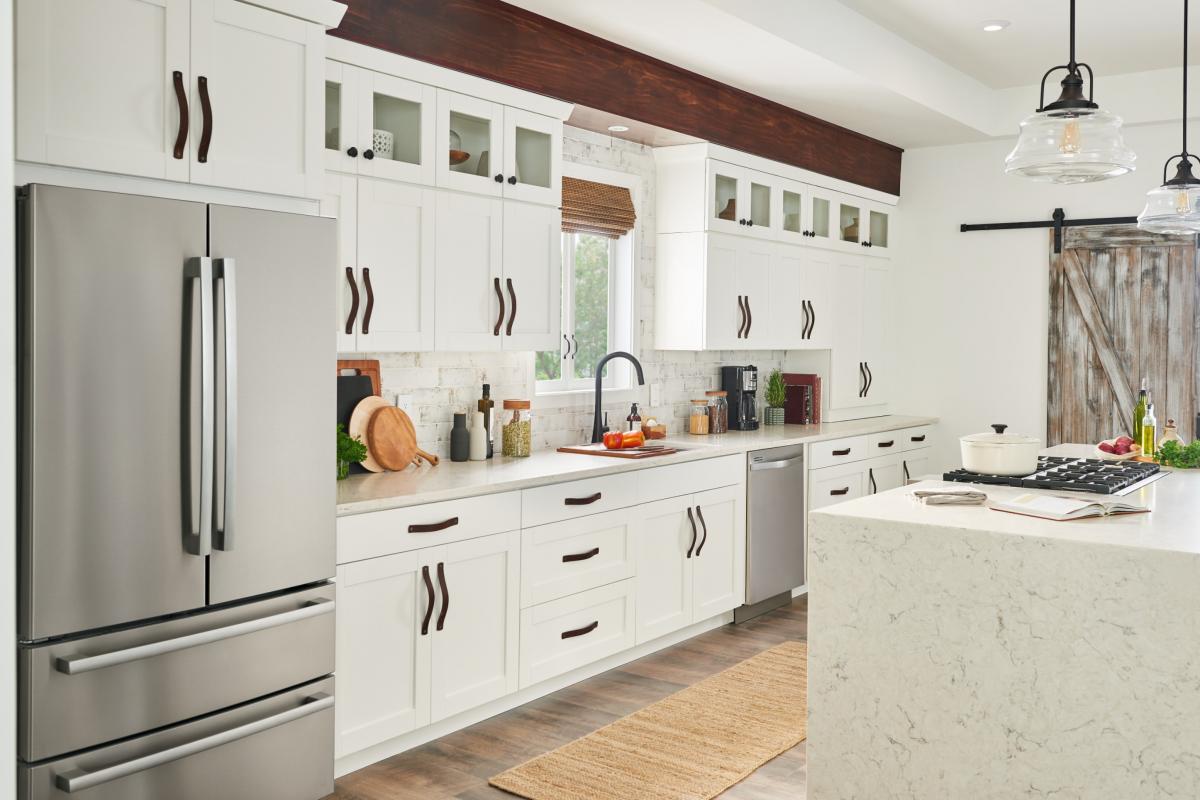
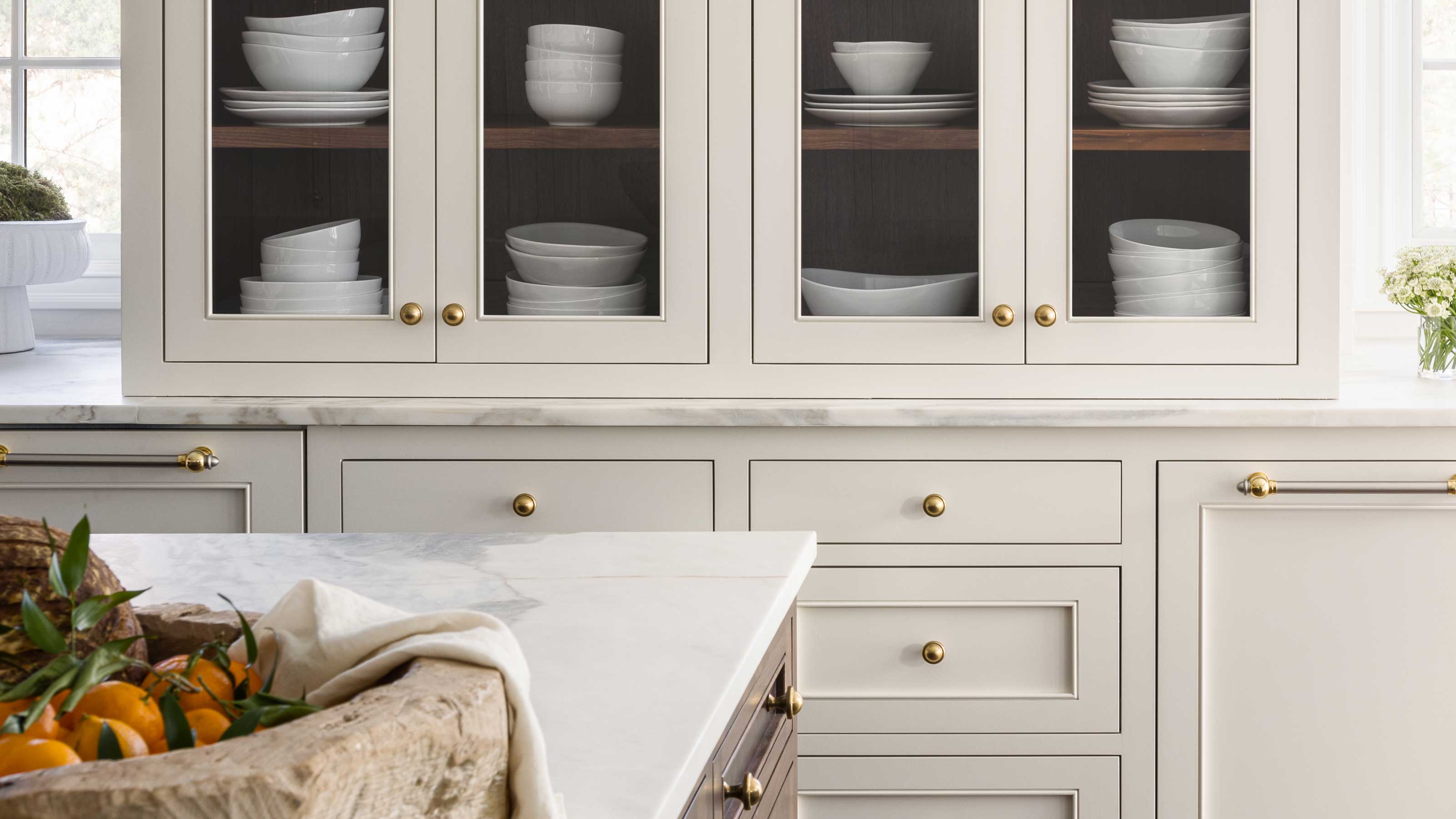
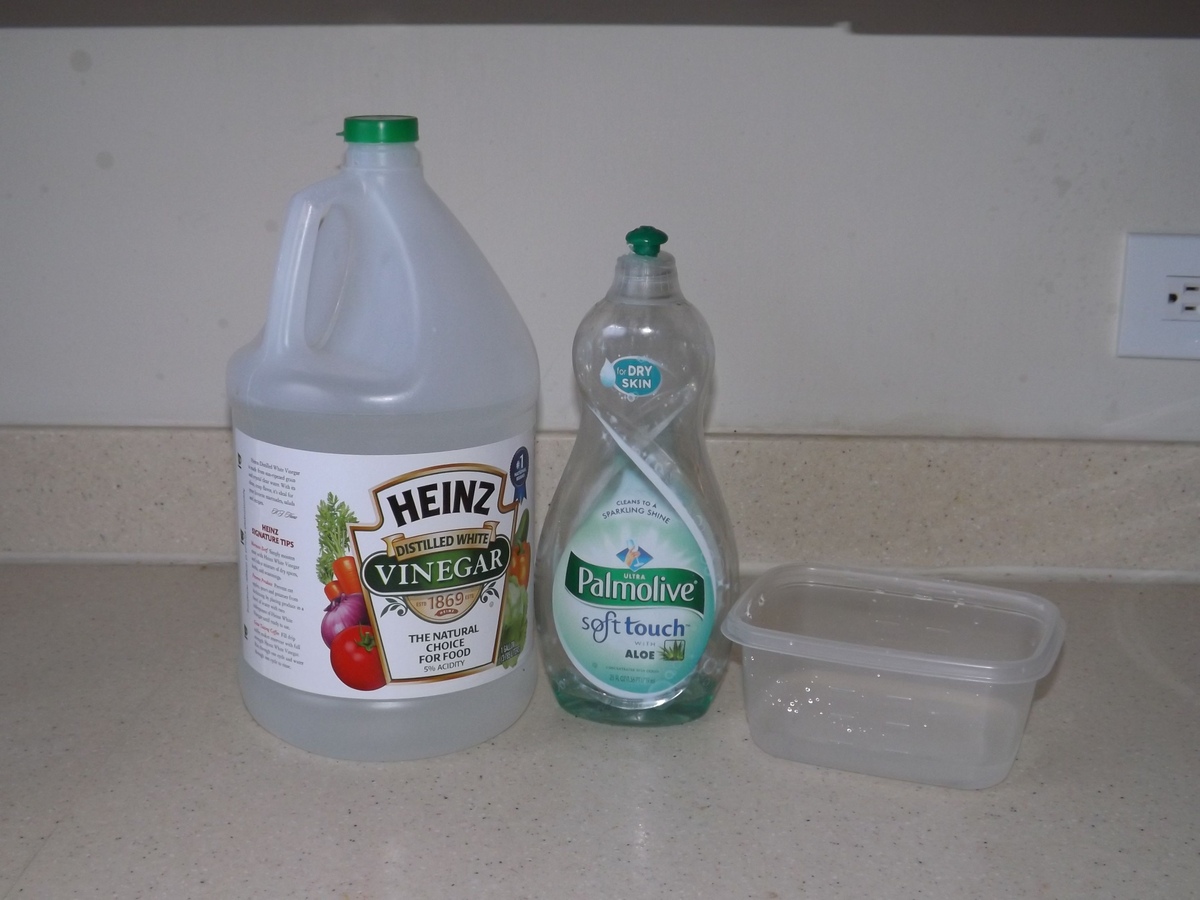
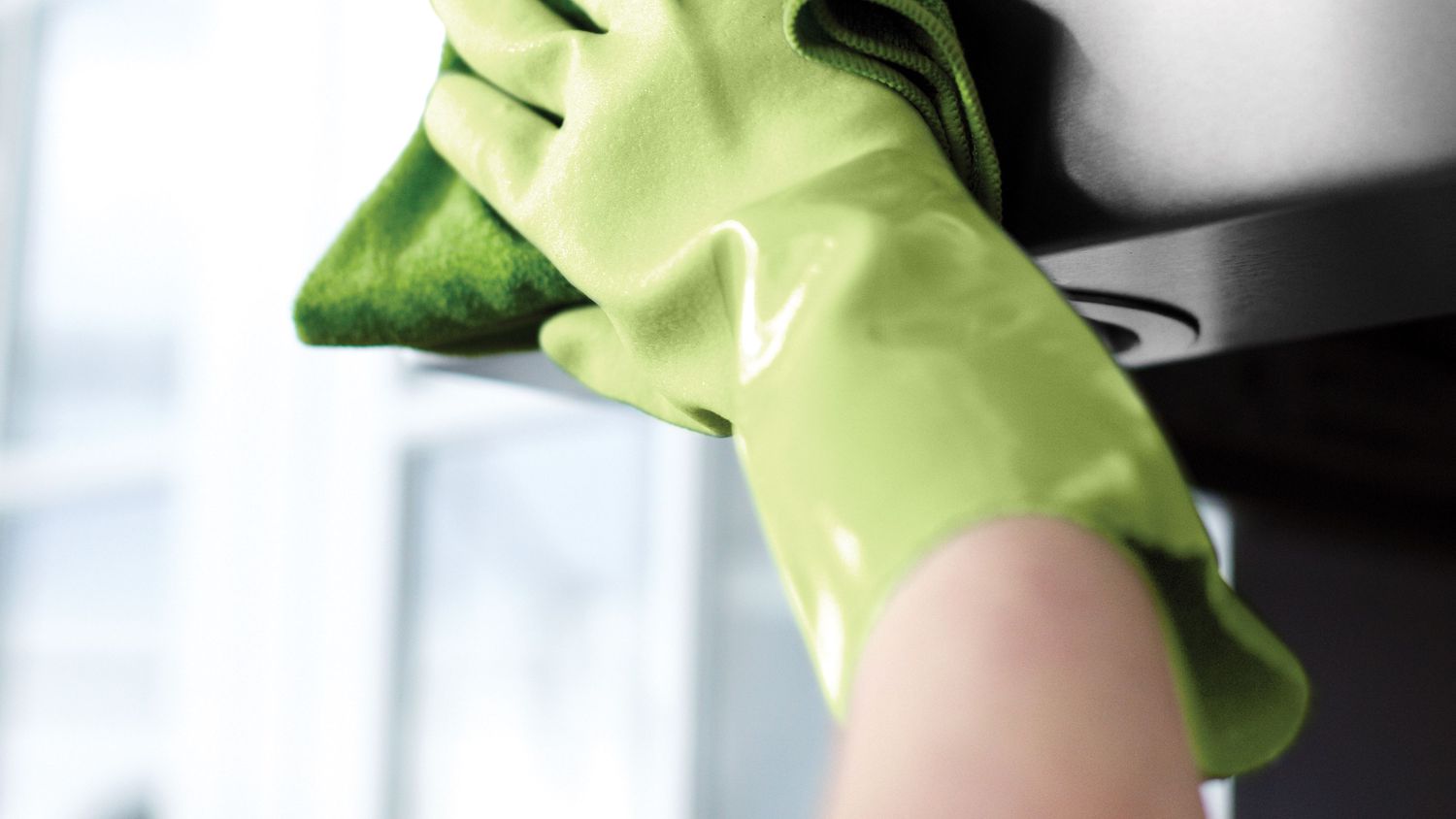
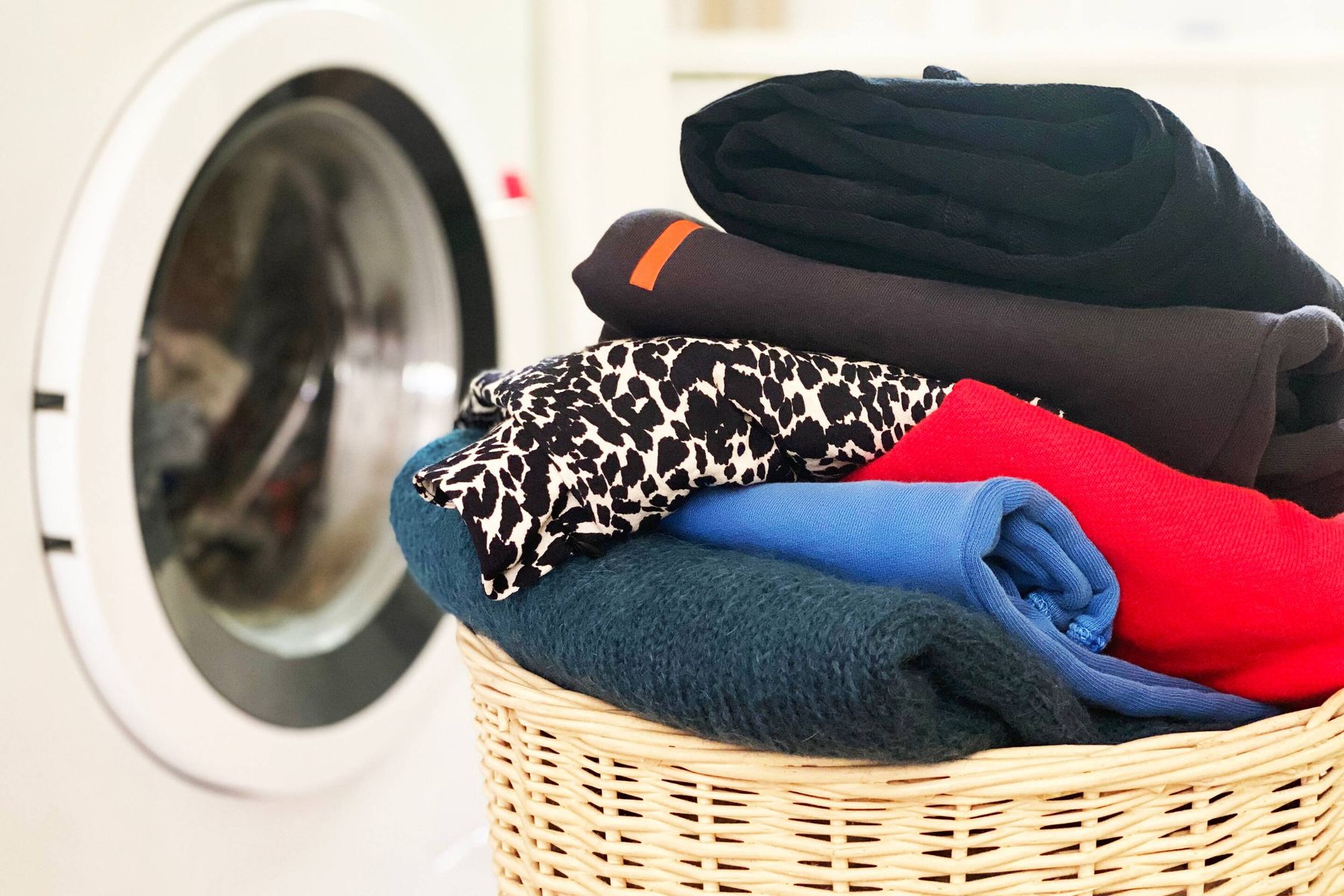


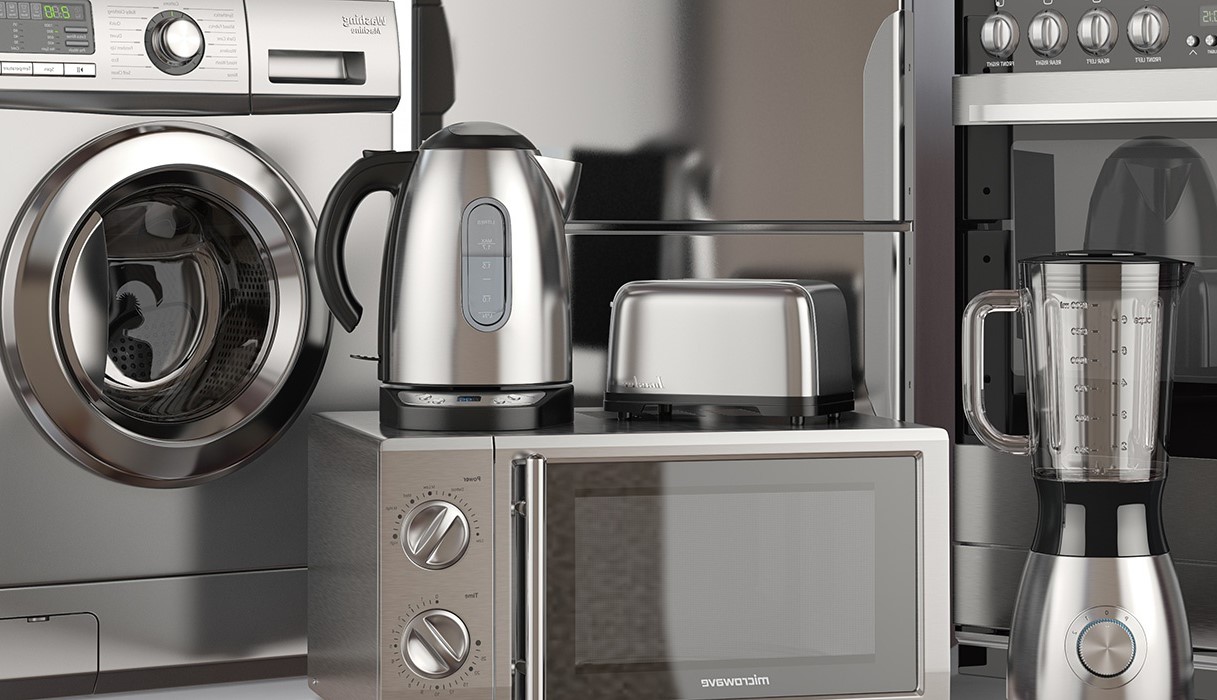
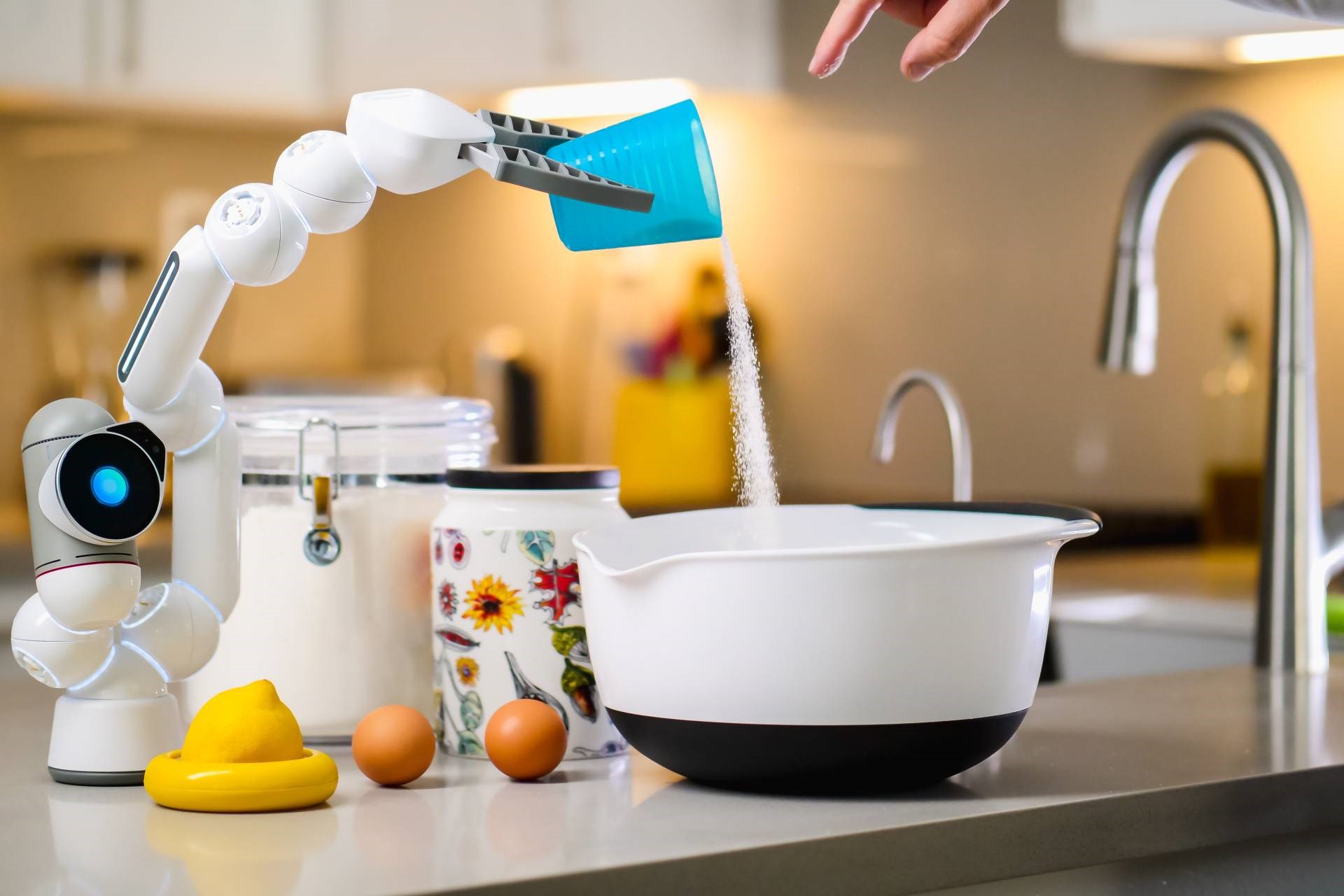
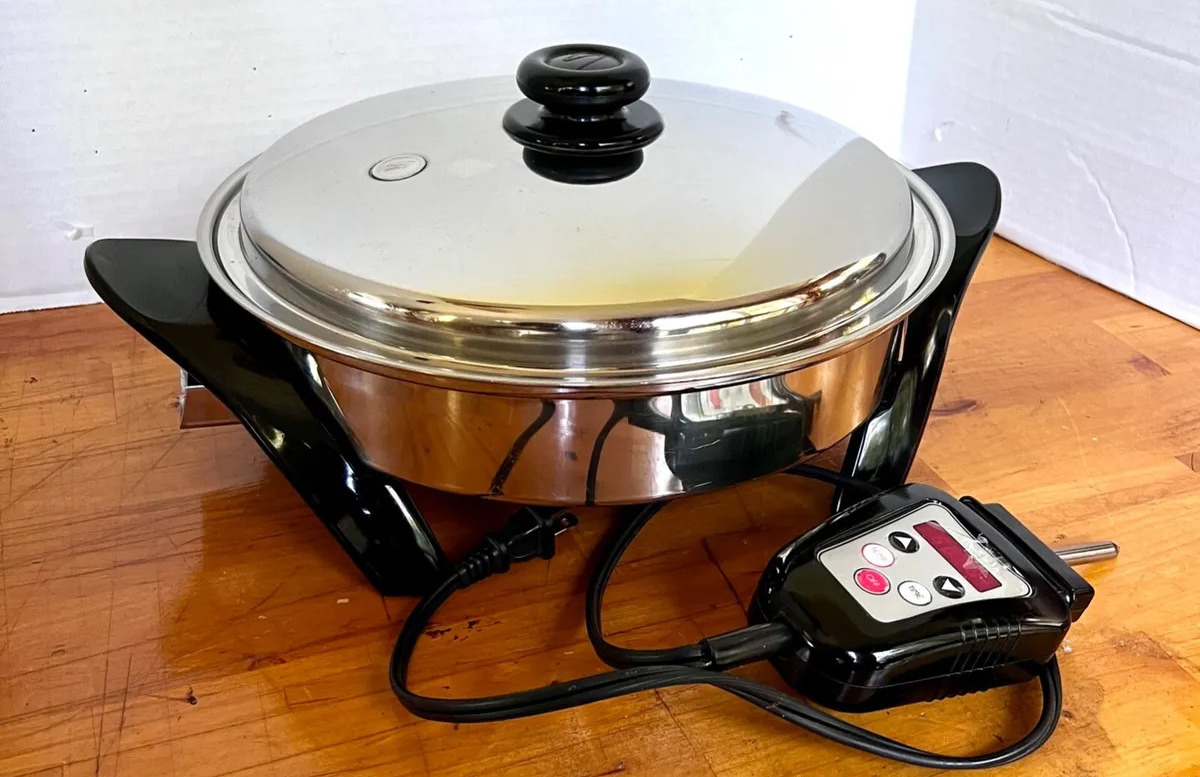
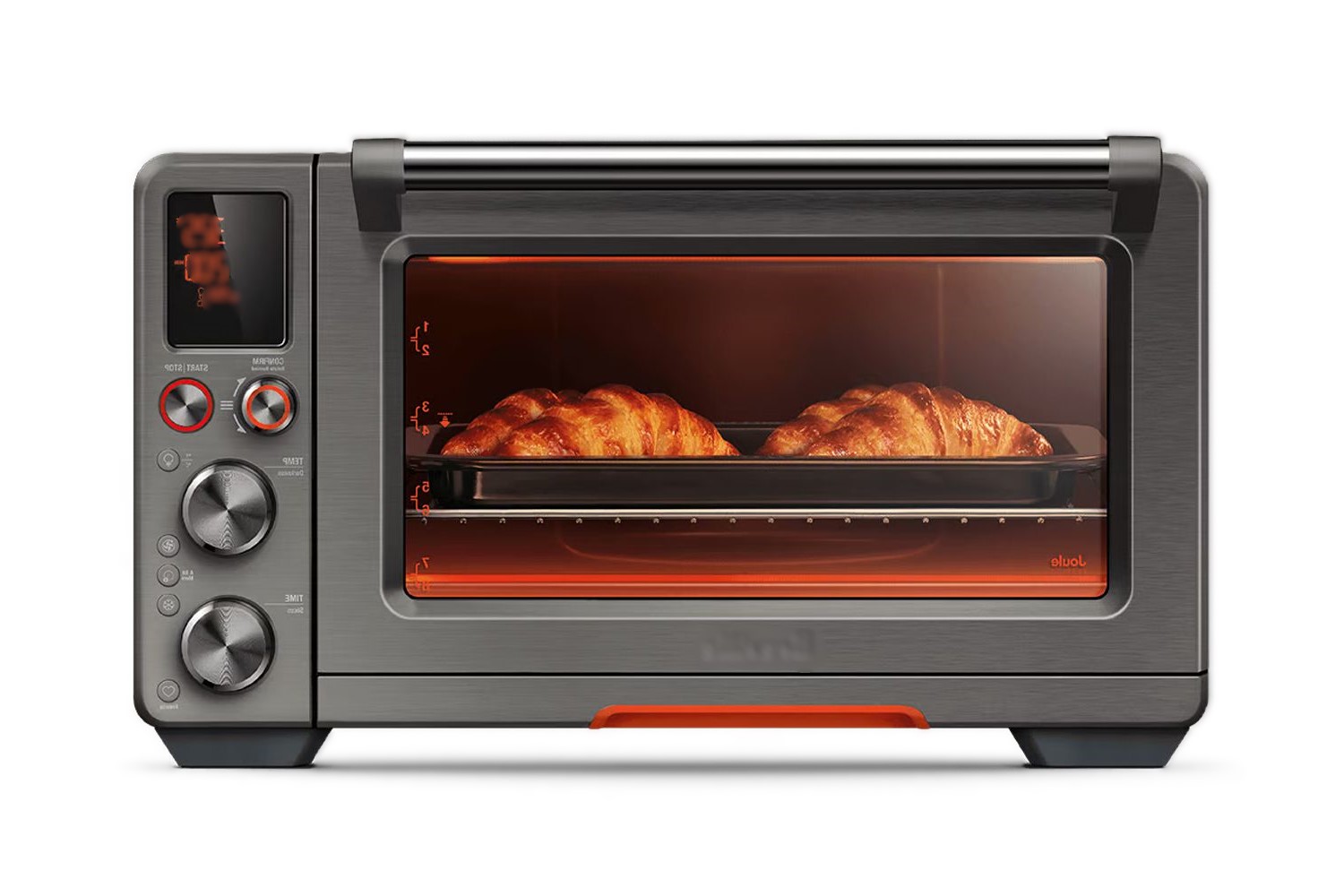
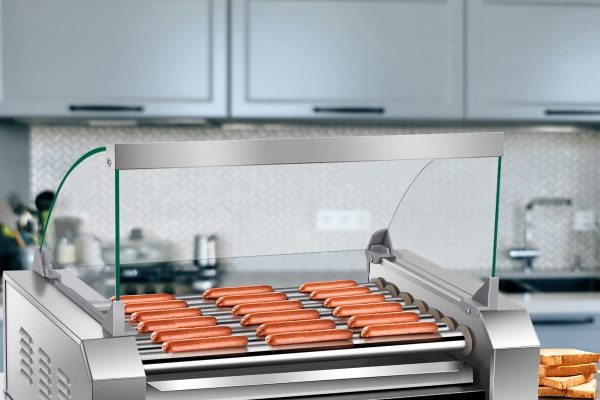
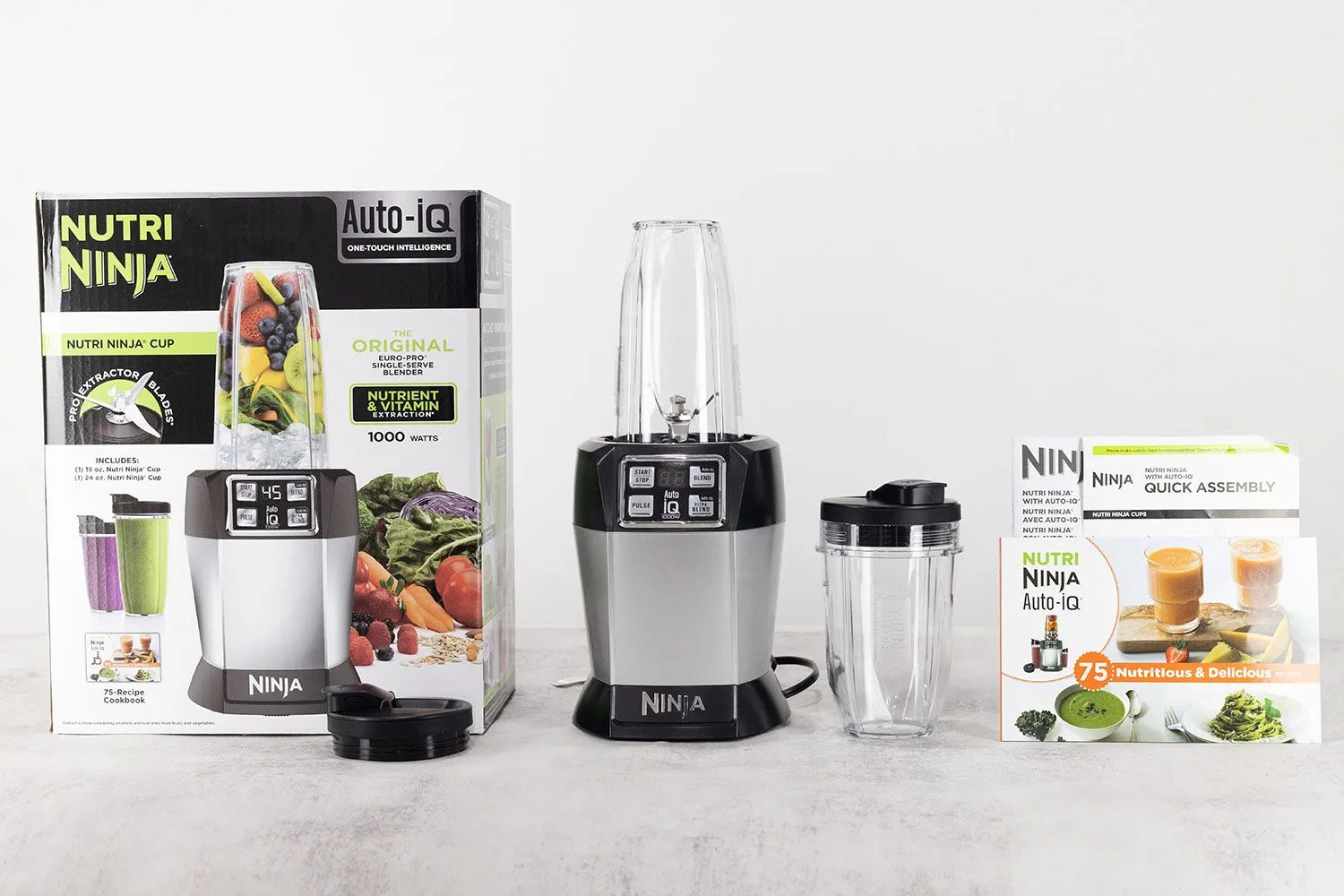

0 thoughts on “Cheapest Kitchen Appliances To Run: Experts Reveal All”